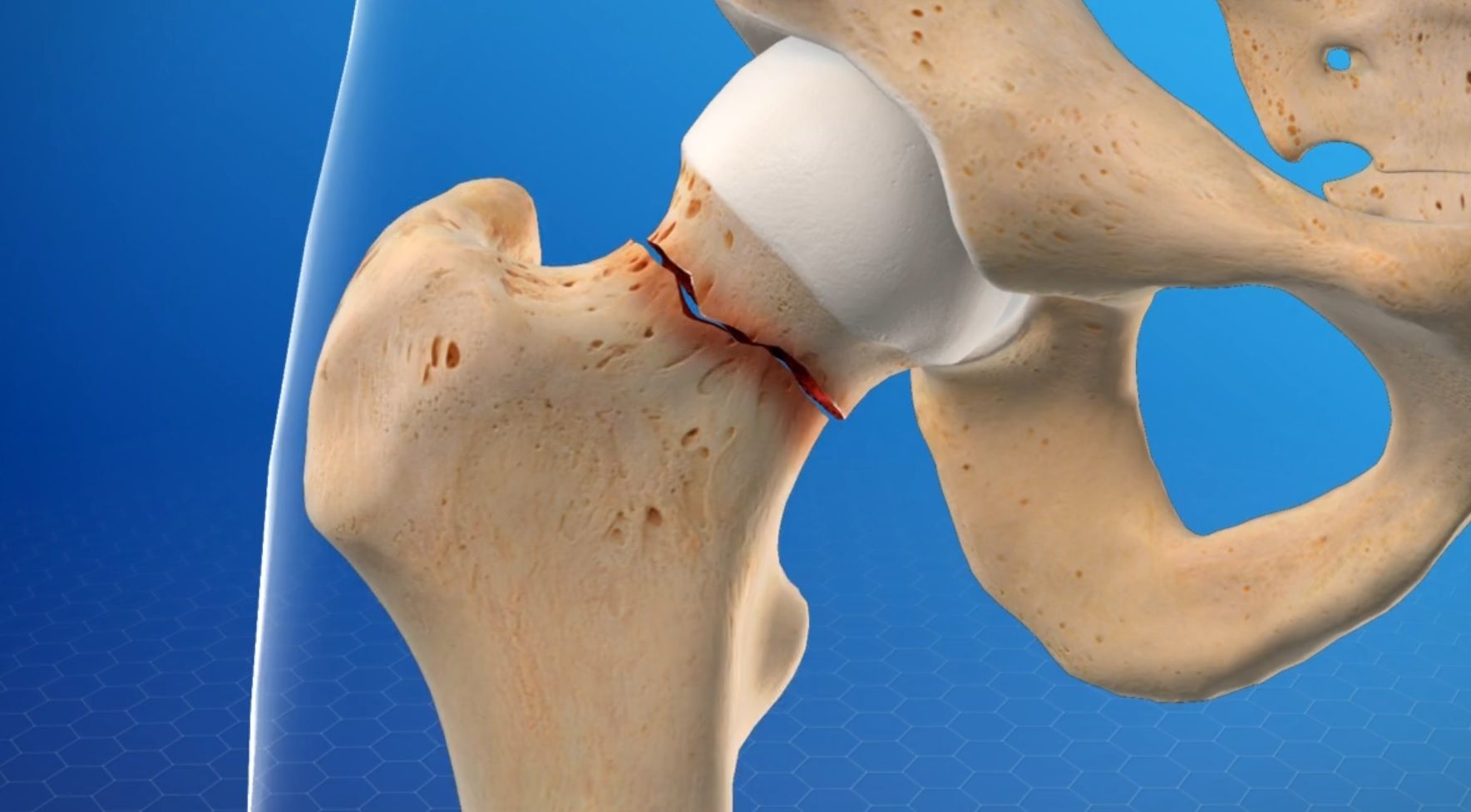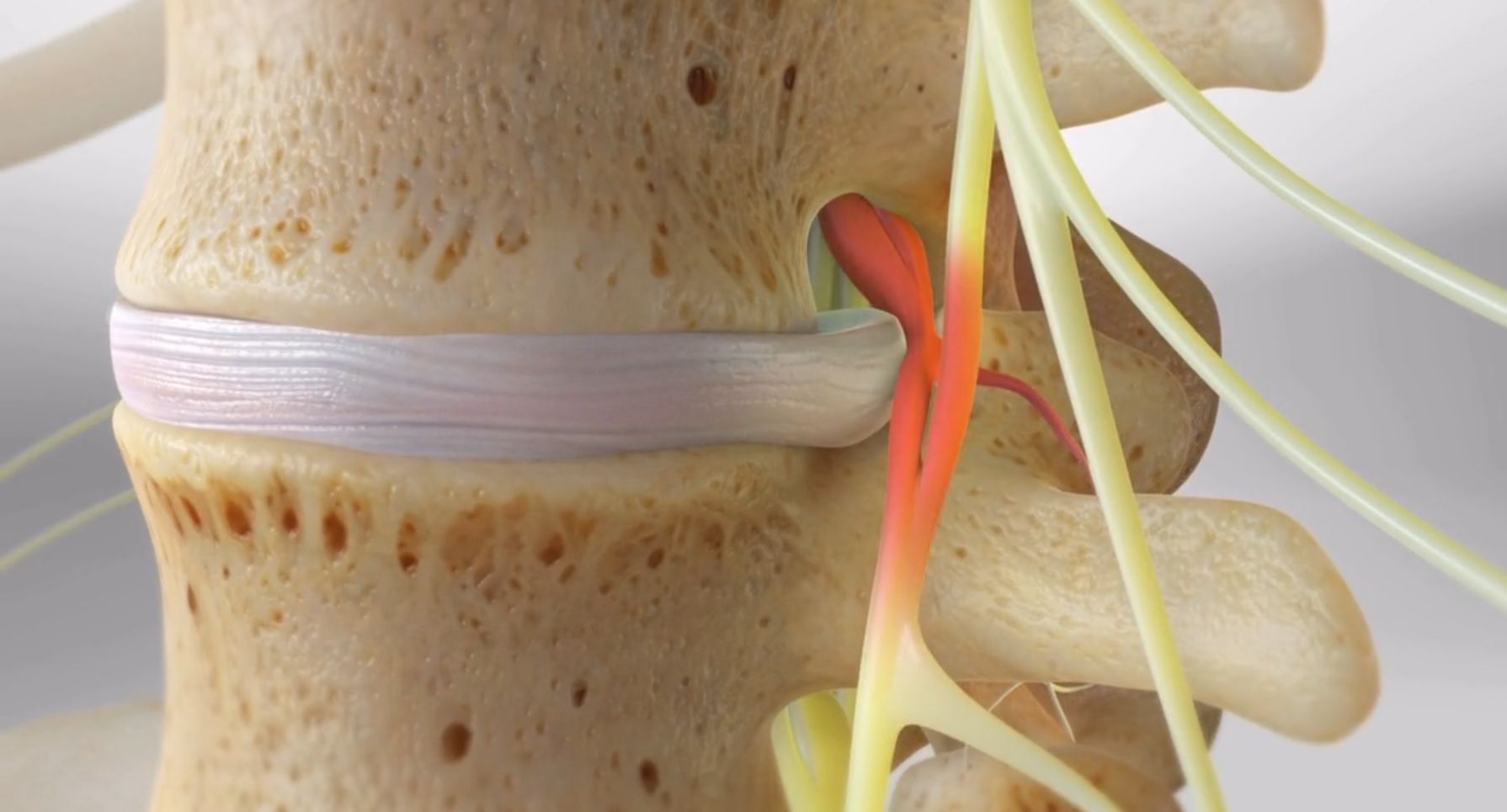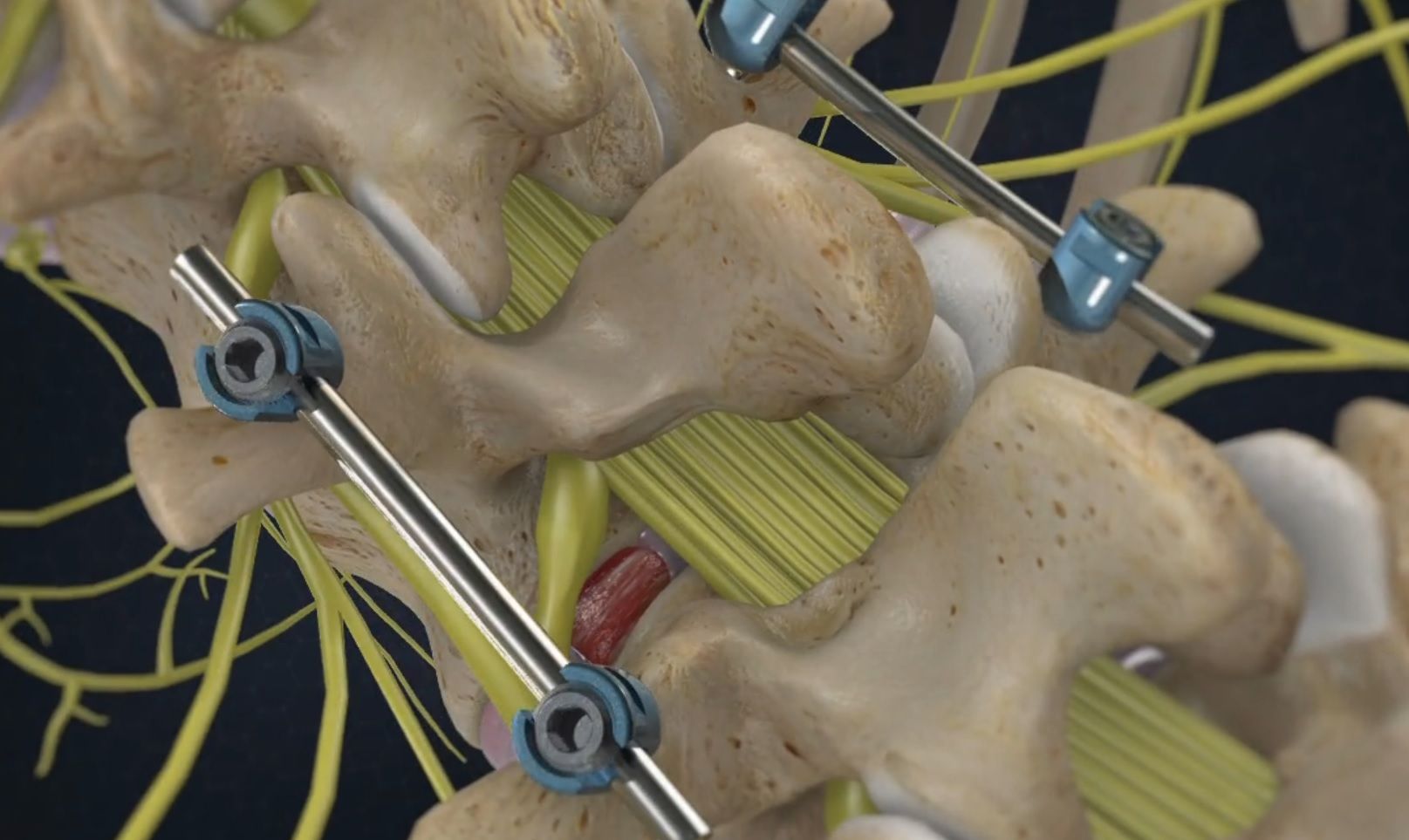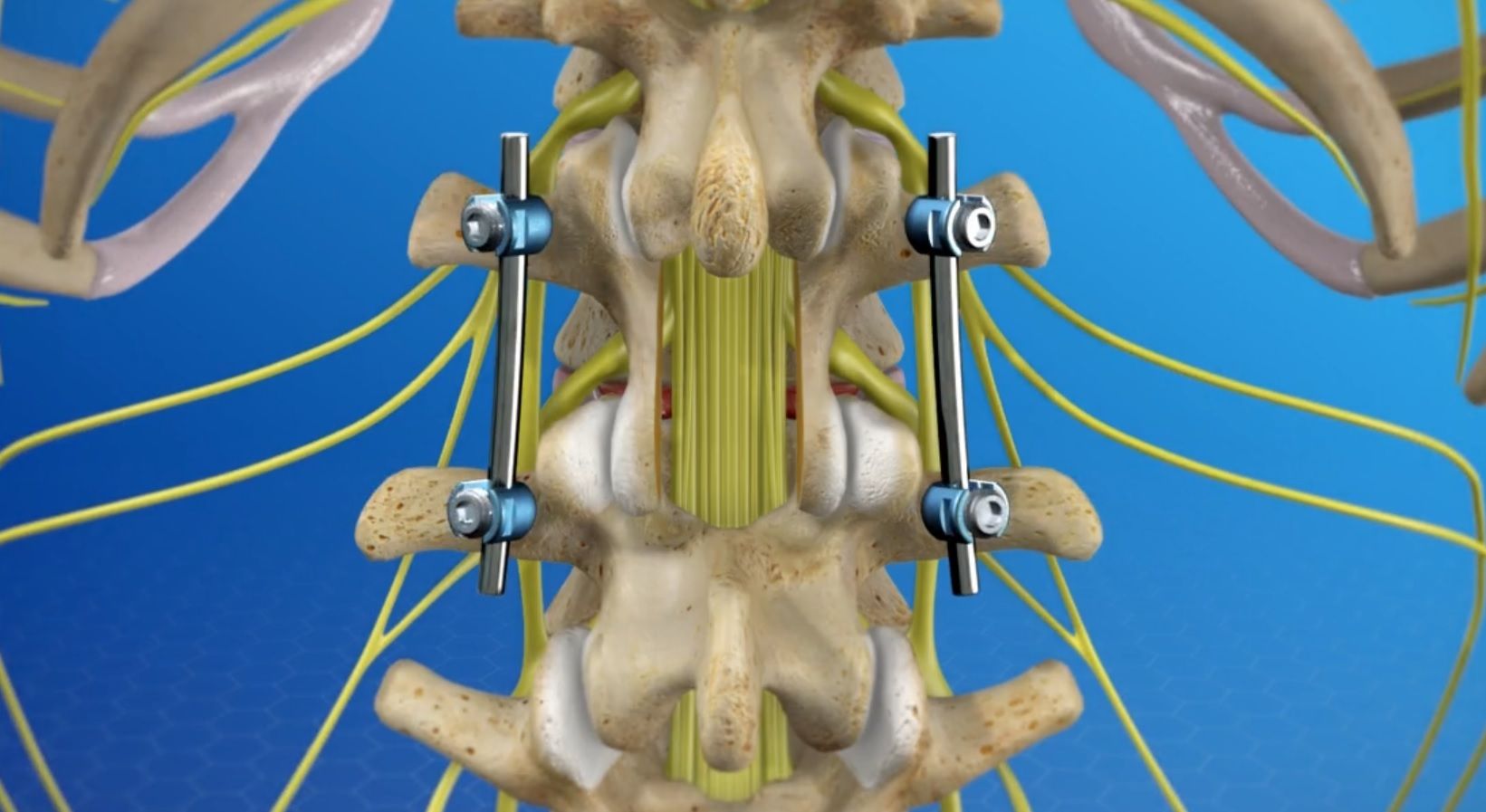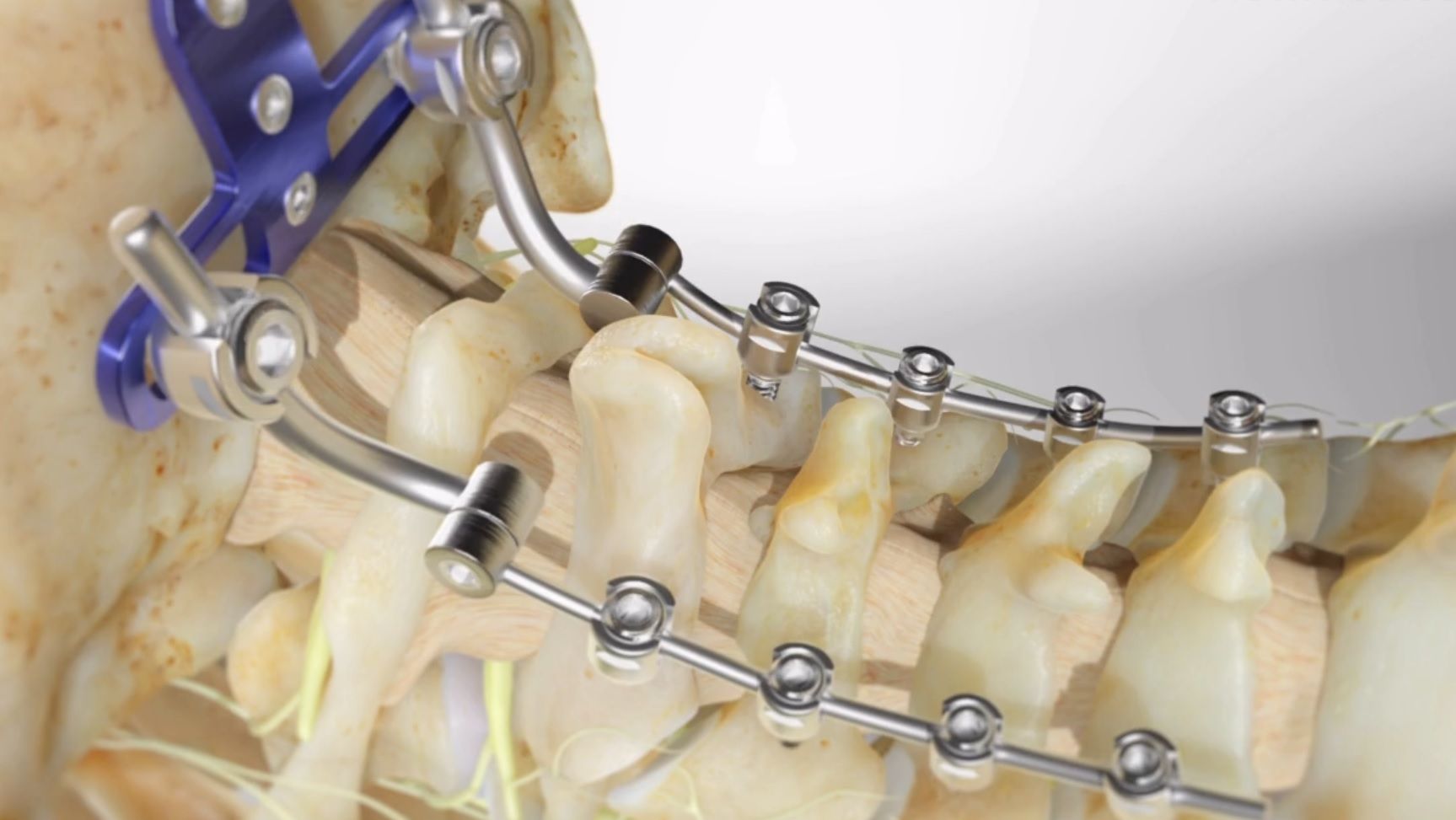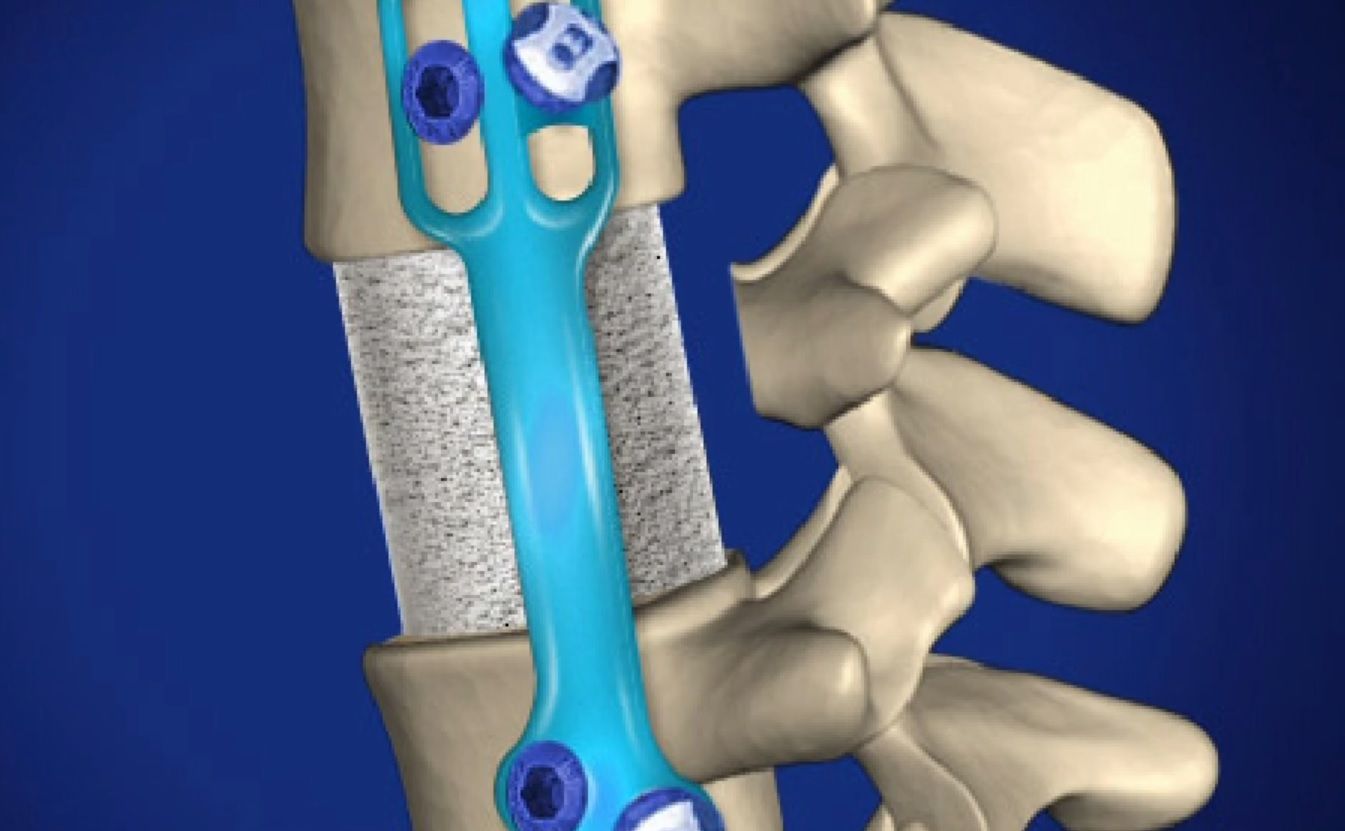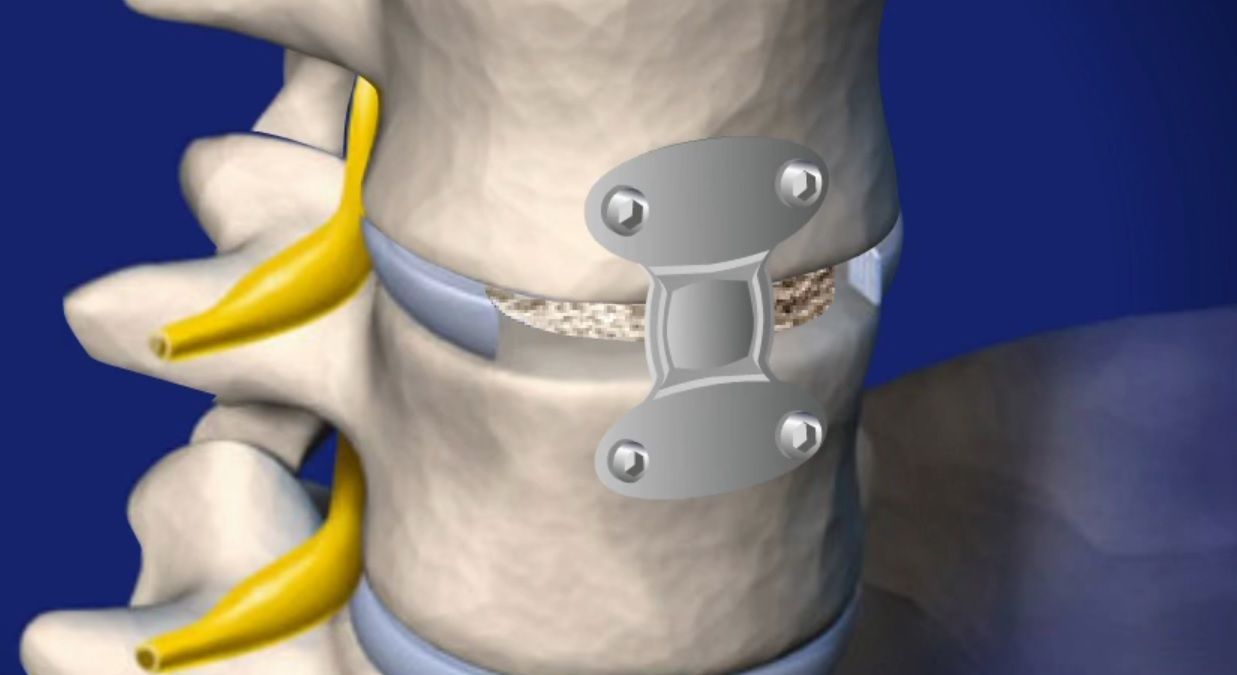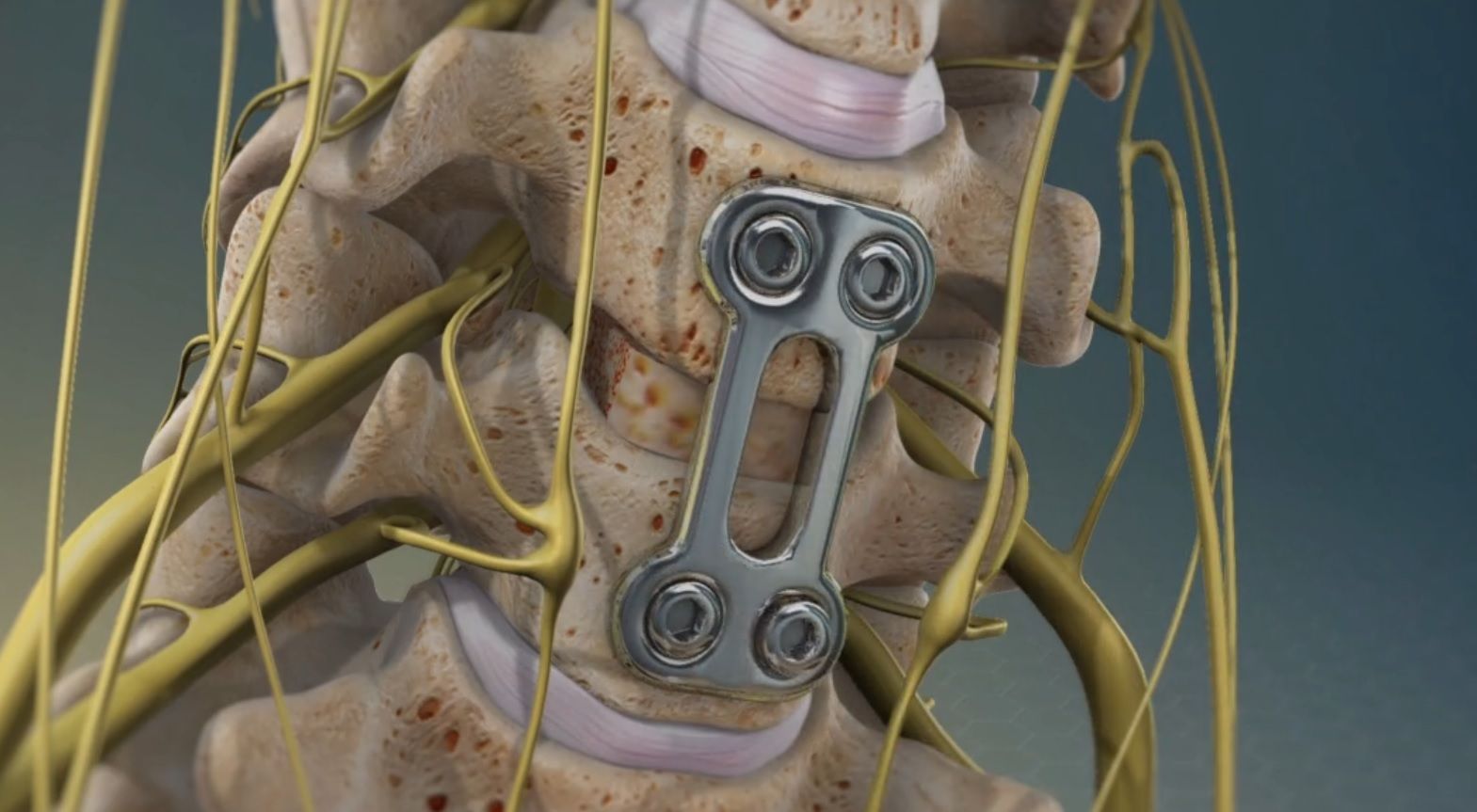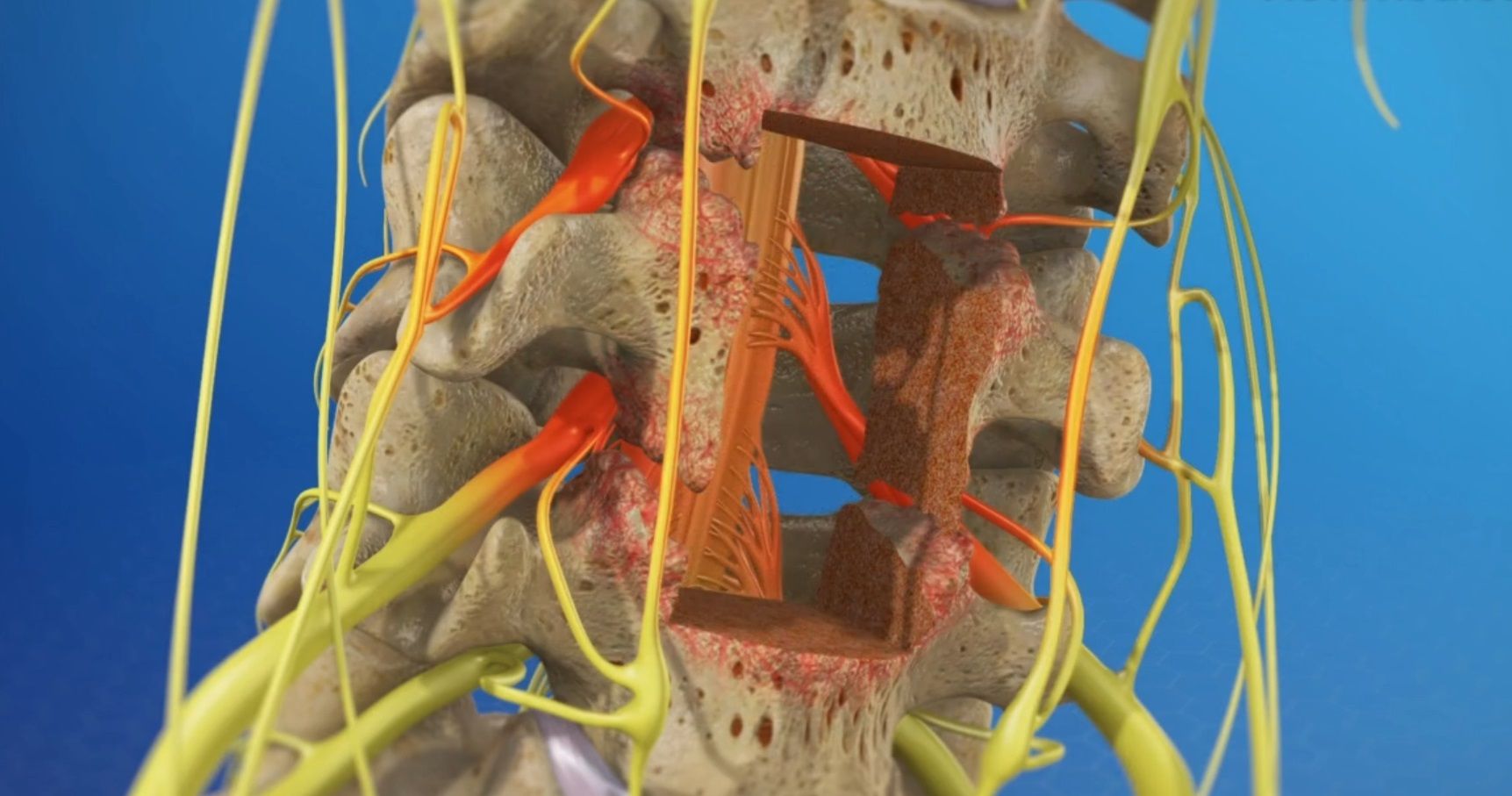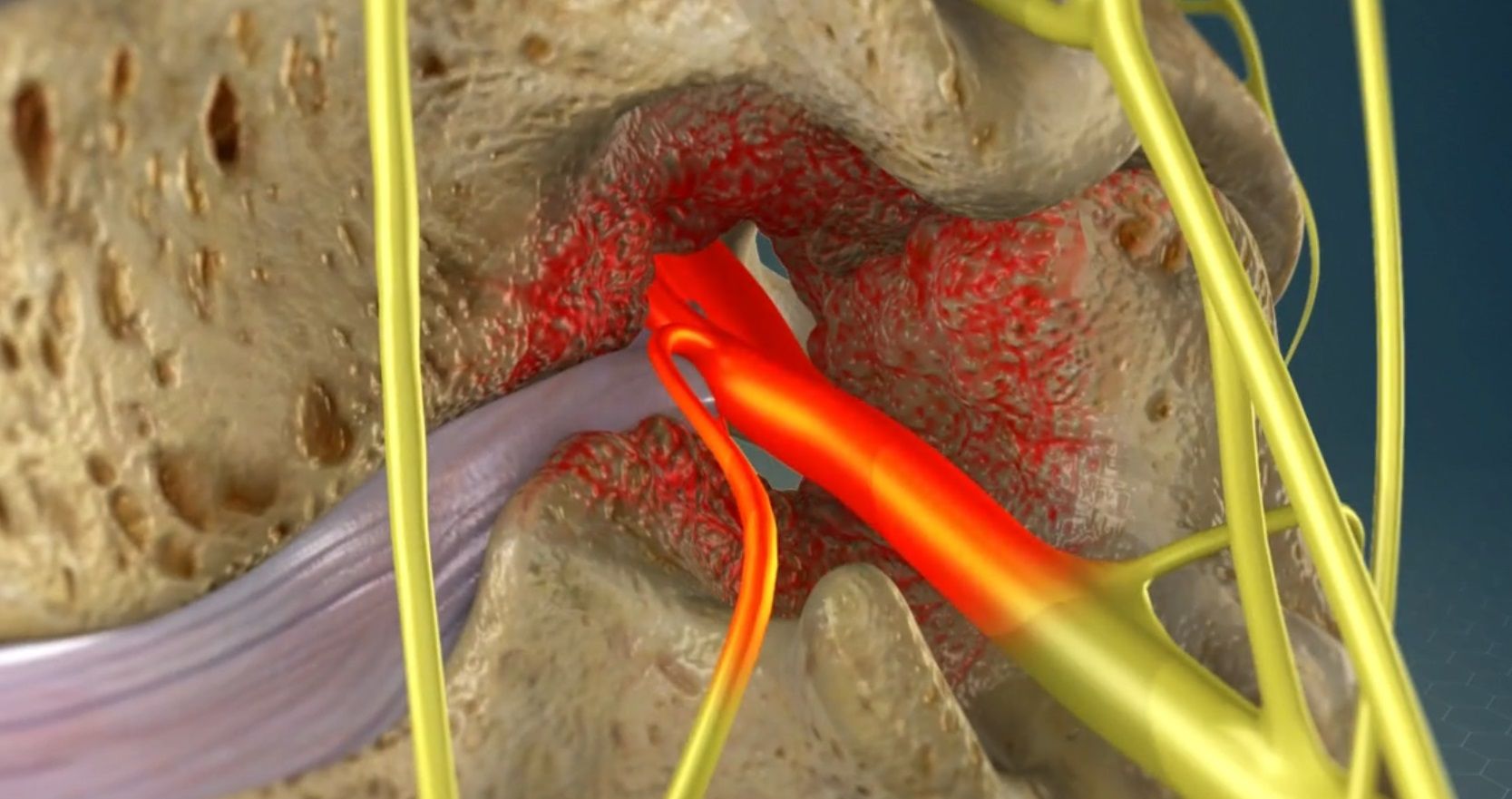Archives: Injury Resources
These are the medical resources that help clients learn more about the various injuries that could be sustained in an accident.
Overview
Hip fractures are typically breaks of the femur, the long “thighbone” in your upper leg. These breaks are usually in the femur’s “neck”, below the “ball” that the femur’s top makes for this hip joint.
Causes
Hip fractures are mostly caused by traumatic events, like car crashes or falls. Elderly people are more susceptible to hip fractures, because of their weaker aging bones. Even normal activities can fracture the hip of an elderly person with osteoporosis.
Symptoms
A...
Herniated Disc – Protrusion or Extrusion
Overview
The spinal bones (vertebrae) are separated by discs which cushion your bones, absorb shock, and allow your spine to twist and bend. If a disc is damaged, its contents can push into or through the disc wall and deform its shape. This is called a disc herniation, which can also be classified as a disc protrusion or a disc extrusion.
Causes
The normal wear and tear of aging can cause a disc to weaken and bulge. By contrast, disc herniations are caused by an event, such as a car...
Fusion – Transforaminal Lumbar Interbody Fusion (TLIF)
Overview
Transforaminal Lumbar Interbody Fusion (TLIF) surgery treats back or leg pain caused by compressed nerves. The surgeon uses bone graft material and hardware to fix two or more vertebrae together. Most TLIF surgeries have shorter recovery times, since the damaged disc is accessed through only one side of the spine.
Disc Accessed and Mostly Removed
Incisions are cut into your lower back. Parts of the vertebral bone are removed to access the disc. The surgeon removes most of the...
Fusion – Posterior Lumbar Interbody Fusion (PLIF)
Overview
Posterior Lumbar Interbody Fusion uses implants and bone graft material to fuse two of your vertebrae. This surgery stabilizes your spine and relieves pain caused by a compressed spinal nerve.
Preparation
In preparation for the procedure, you are positioned face-down and anesthetized. The surgeon makes an incision in your lower back to reveal your spine. The surgeon removes a portion of bone (lamina) from the rear of one of your vertebrae, providing access to your damaged spinal...
Fusion – Occipito-Cervical Fixation (OC)
Overview
This surgery uses rods and implants to stabilize your head and neck by fusing the base of your skull to your cervical spine.
Preparation
To begin, you are positioned face-down and are anesthetized. Some of your scalp may be shaved to expose the surgery site. The surgeon immobilizes your head and makes an incision from the back of you head down your neck.
Stabilization
A series of screws is implanted on the sides of your upper cervical vertebrae. The surgeon secures a plate...
Fusion – Lumbar Corpectomy
Overview
A Lumbar Corpectomy Fusion surgery relieves pain caused when a lumbar vertebrae compresses spinal nerve roots. It also corrects spinal column deformities.
Incision and Removal
During this procedure, the patient lies on his right side and the surgery is done through the patient’s left side. The surgeon makes an incision to exposes the damaged area of spine. The surgeon removes the damaged vertebral bone, as well as the discs above and below that bone. This relieves pain...
Fusion – Anterior Lumbar Interbody Fusion (ALIF)
Overview
Anterior Lumbar Interbody Fusion (ALIF) is generally used to treat back or leg pain caused by a herniated or degenerated disc. The surgeon stabilizes the spine by fusing vertebrae together with bone graft material.
Incision Made
The procedure is performed through a three- to five-inch incision, either over the center of the stomach or slightly to the side of the stomach.
Disc Removed
The surgeon partially removes the damaged disc, leaving some of the disc wall to help contain...
Fusion – Anterior Cervical Discectomy and Fusion (ACDF)
Overview
This surgery relieves painful pressure on spinal nerves by removing a herniated or degenerative vertebral disc in your neck and replacing it with a bone graft.
Preparation
To prepare for the procedure, you are anesthetized and positioned lying on your back. The surgeon makes an incision on the front of your neck and carefully moves the internal structures aside. This provides access to the spine. The surgeon then carefully removes the damaged disc, eliminating the pressure...
Fusion – Anterior Cervical Corpectomy
Overview
This surgery relieves pressure on the spinal cord and spinal nerves. Anterior Cervical Corpectomy and Fusion removes discs and bone from your cervical spine, then fuses the adjacent vertebrae together.
Incision Created
To prepare for the procedure, you lie on your back and are anesthetized. The surgeon makes an incision on the front of your neck and carefully moves the internal structures aside to provide access to the spine.
Eliminating Pressure
The surgeon removes the...
Foraminotomy
Overview
This surgery creates more space for a spinal nerve that is being compressed due to a herniated or degenerative disc.
Preparation
In preparation for the procedure, you are placed in a face down position and anesthetized. The surgeon creates a small incision in your skin and gently moves muscles and other structures aside to create a clear view and path to your spine.
Creating Space
There are a few ways to create more space for your compressed nerve. The surgeon may remove...

